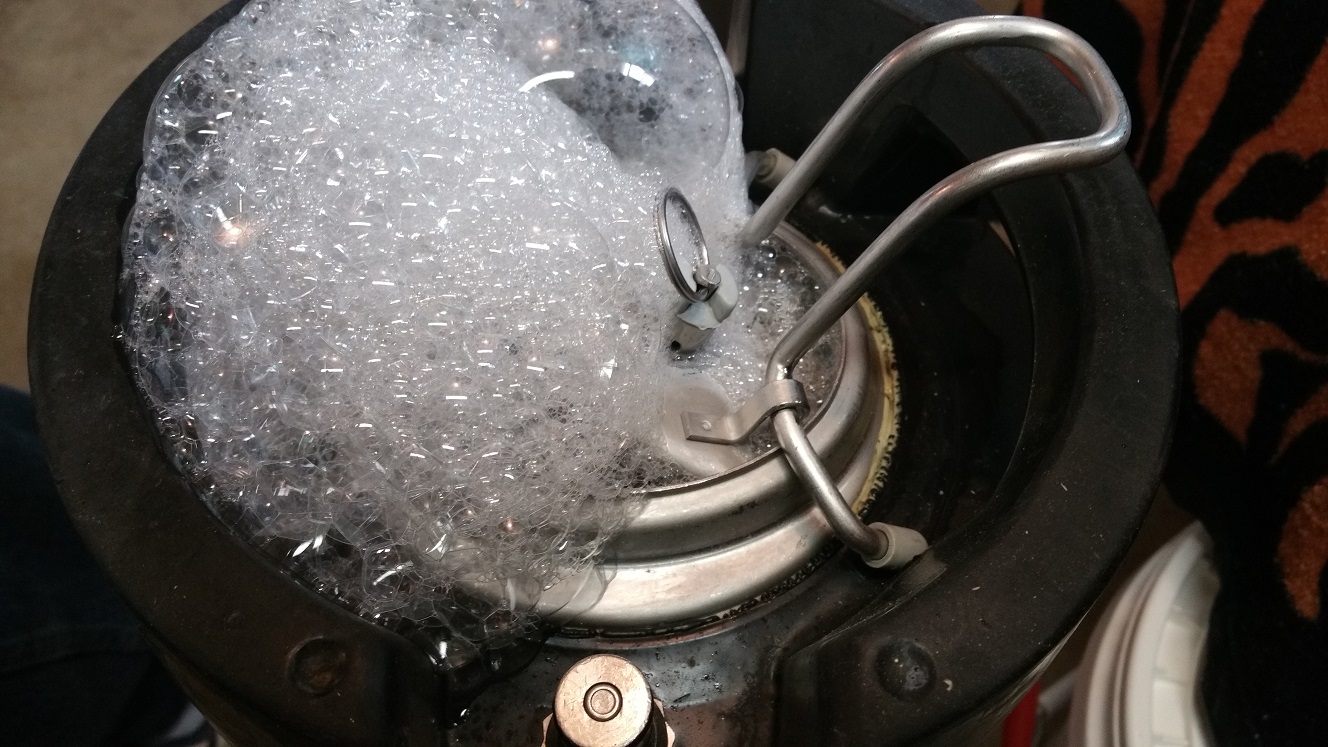Is it necessary? Not if you don't want the best beer you can produce. Then it's not.
Increasingly people are seeing the damage that oxidation does to beer. Some depends on the kind of beer--IPAs are probably the most susceptible to oxidation damage--but it's not helpful to any beer unless the recipe and flavor profile calls for oxidation.
I follow a process of continuous quality improvement (or process improvement, if you like). Every time I try to find a place to do something better. Eliminating oxygen--other than oxygenating wort at the outset of yeast pitch--has been part of that exercise.
So--it sounds harder than it is, it just takes a time or three to get comfortable with it. Some has to do with the equipment needed, but that's mostly just making jumpers and transfer lines from QDs.
*****
I personally fill my kegs with sanitizer, then push that out using CO2 applied through the IN post. I push it into another clean keg, usually, so that one's ready to purge next time. If I don't have the spare keg, I use a 5-gallon bucket to store it until next time. Or for sanitizing stuff. Whatever. Doesn't matter.
The first time, before I push that sanitizer to a new clean keg, I'll let some CO2 bubble up from the bottom dip tube, to create bubbles on top (be careful if you do this, a full CO2 blow will cause santizer to erupt from the open mouth of the keg. Don't ask me how I know this

).
That fills the headspace area, under the lid and such with bubbles, which contain....CO2! Then I put the lid in place, amidst all those bubbles, and then push out the star san into the next keg. Voila! Purged keg.
There will be some pressure in the purged keg; I'll attach a line to the OUT post, and tilt the keg so as to blow out the last little sanitizer.
Then, I'll rack the beer into the OUT side, opening the PRV on top to release the pressure. And then we have beer transferred to a purged keg, no outside oxygen getting in to start oxidizing my beer.
Here's a pic showing the bubble thing:
View attachment 631454
A pic showing the jumper I use to transfer sanitizer from keg to keg:
View attachment 631455




